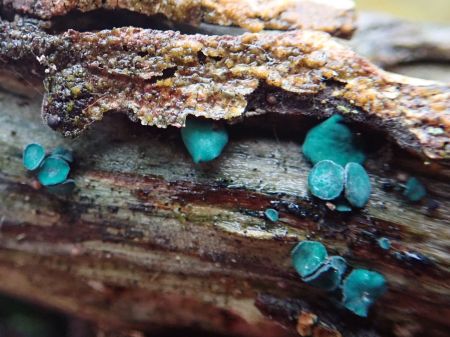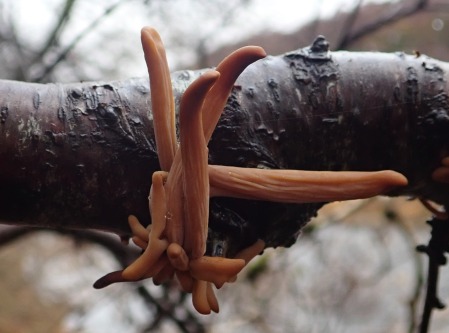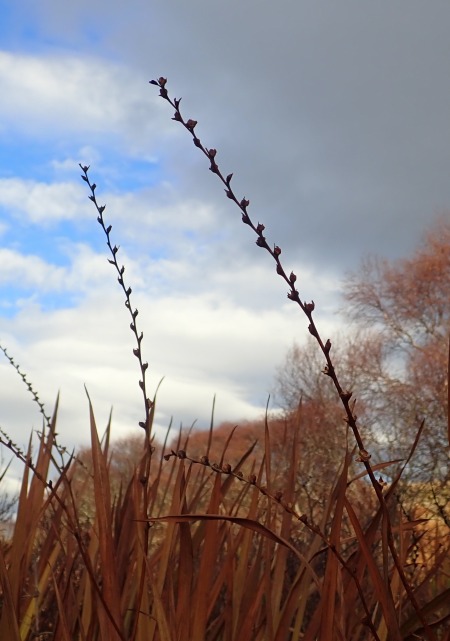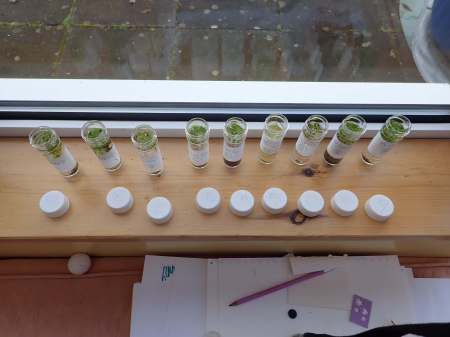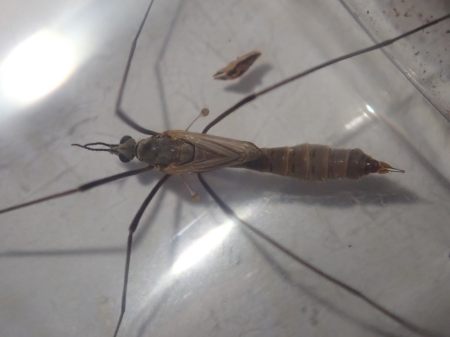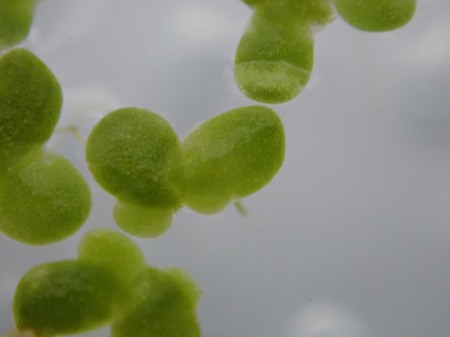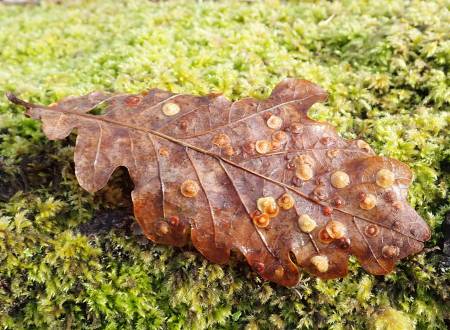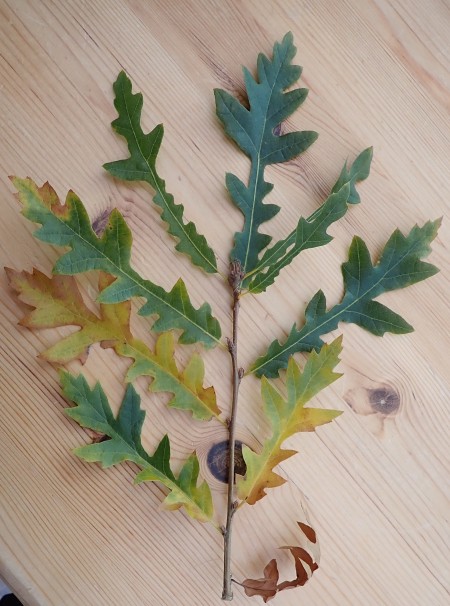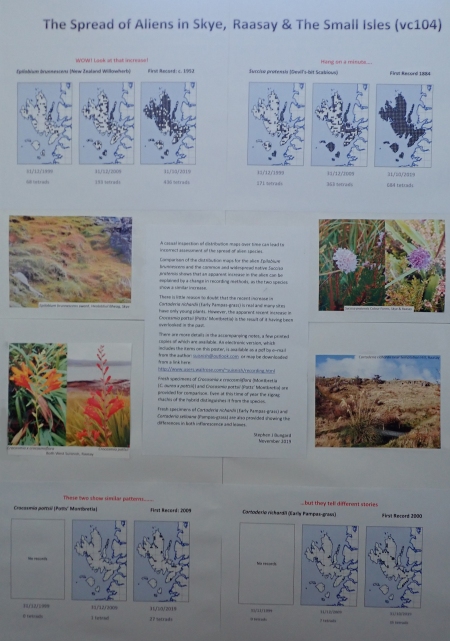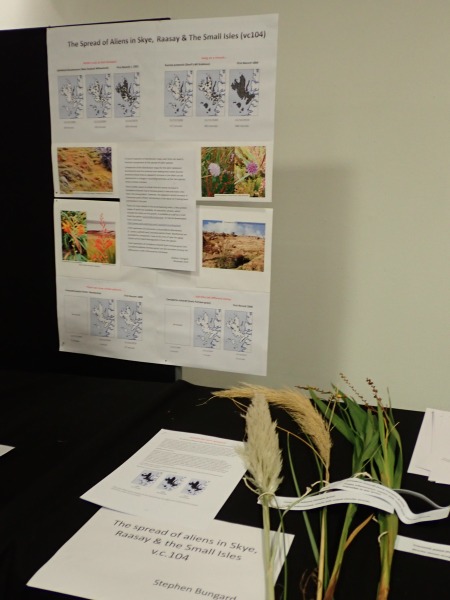I have just spotted that this was never posted at the end of May, so for the record…..
One of the few remaining tetrads with no records ever was NG32H to the west of Eynort and south of Talisker Bay. On Tuesday Neil and I chose to walk in from Eynort and sorted that out with 136 records.
We found no great rarities but Asplenium marinum (Sea Spleenwort) on the shore and Silene acaulis (Moss Campion) on the cliffs were nice.
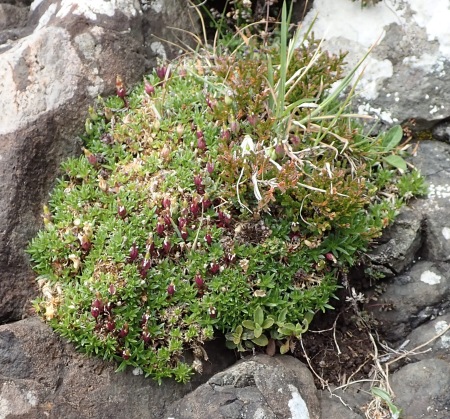
Silene acaulis
On the way we saw some fine examples of animal topiary with the gorse:
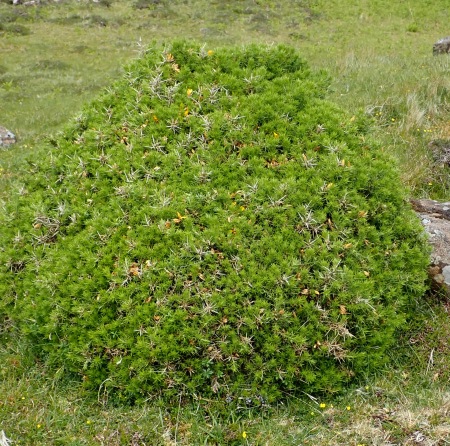
Gorse topiary
We startled a barn owl off the cliffs and a peregrine flashed pass at one point. We also spotted a fine Argent & Sable:
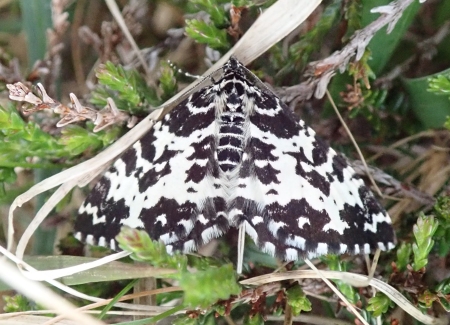
Argent & Sable
